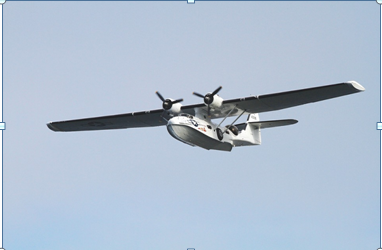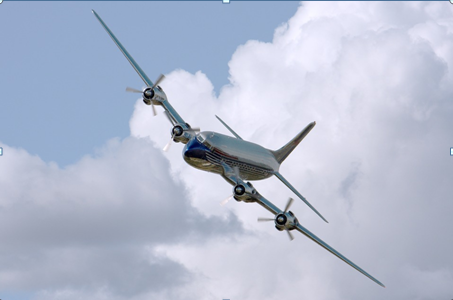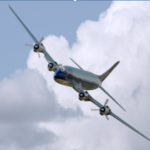Regular Operations
Depending on how regularly you fly your aircraft, sometimes you can save money through rebuilt components. Certainly in aviation, one of the most recommended strategies is to constantly purchase top-tier components and maintain them all in conjunction with your machine as carefully as possible.
However, if you’re in a business running a fleet of aircraft whose yearly hours are relatively predictable, you can strategize your component acquisition to include refurbished parts that can be sourced cost-effectively, and are rated past the machine’s yearly expected transit. These can be instrumental in older aircraft not necessarily configured to newer components.
It can also be a great way to conserve your spending without curtailing your plane’s structural integrity. One area where this is especially true is as regards magnetos, which can be reliably rebuilt. The only thing to consider is who the rebuilding agent is. You want one that doesn’t accept magnetos with unrepairable cores or otherwise over-worn parts for rebuilding purposes.
According to AeroInStock.com, Bendix magneto components: “incorporate all of the latest updates and service bulleting compliance during the re-manufacturing process.” A solution like this can constitute exceptional savings over time, reliably.

Naturally Cost-Intensive
Aviation’s an expensive proposition even to those with resources to spread around. Wherever you can safely curtail expenses, It’s recommendable. But be cautious. There are certain scenarios where the less expensive option will end up costing you more money in terms of repairs and replacement in the long run. A Zig Zigler analogy is helpful in explanation.
It’s integral to run a cost-benefit analysis of your yearly expenses, as well as those involved in your annual inspection, and don’t forget to include the maintenance requisite to pass said inspection. Then look at parts, what they’re rated at, and what their ultimate cost is.
This kind of practice will ultimately extend the lifetime of your plane. One reason for this is that continuously maintaining it staves off the natural entropic forces that dismember anything with moving parts given long periods of time. There are quite a few planes that are decades old, and continuously pass their annuals with flying colors due to proper maintenance.
Proactive Care
It’s necessary to be very proactive when it comes to airline maintenance above all else. If you get a flat tire in a car, if you have engine trouble in a truck or a van, you can pull over. If you get a flat on an airplane it could mess up your landing. If you lose engine power, you may have to use a contingency parachute; if you even have one aboard, and the wings of your craft are configured well enough that escape is even possible.
This severity of consequence has prompted a variety of regulations designed to keep the skies safe. In order to fly legally, you’ll need to be in compliance anyway.
If you haven’t purchased a plane yet, you’d be well-advised to calculate some of the collateral costs before you go in, and apportion the proper budget to meet them on a yearly basis. For those who already own an aircraft, or several of them, taking the time to explore rebuilt options in conjunction with your regular needs could end up saving you substantially.

The skies are open, and aviation is becoming more prominent in the private sector; especially as public airports become unpredictable. Still, these airports have entire fleets of aircraft that are publicly vetted for nigh-continuous use.
Certainly the same kind of maintenance thought applies to larger airlines as well; but one of the reasons they have their safety and dependability is because they’ve run evaluations like that described here, and identified areas of strength, weakness, and unnecessary spending.

